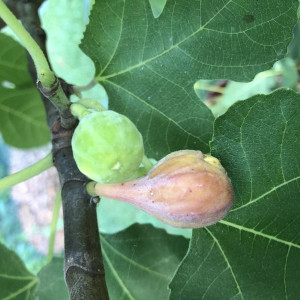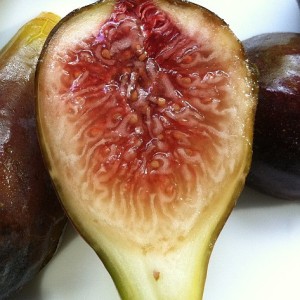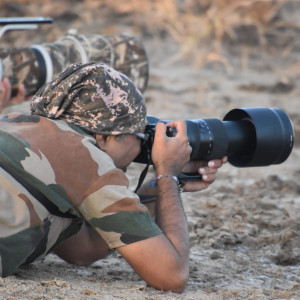This site contains affiliate links for which I may be compensated.
Celeste
Celeste Information


-
Possible Synonyms / AKA:
DFIC 80, AA001, Belleclare #2, Blue Celeste, Celeste Violette, Celestial, Celestine, Conant, Creech, Egyptian Pharaoh, Gray Midsummer's Day, Honey, Improved Blue Celeste, Little Brown, Little Brown Sugar, Malta, Small Brown, Tennessee Mountain, Violette, Heritage Celeste, Regular Celeste, Creech Family Sugar Fig.
Old Ma and Young Ma: Both of these names were brought up by Allen (Shawnee Prophet) who admitted to being just Celeste. -
Introduced By:
-
Origin:
-
Main Flavor Group:
Exotic - Deep, rich flavor often found in varieties like Black Madeira and Preto, delivering an intense, complex taste that feels luxurious and distinctive. -
Family Group:
-
Fig Type:
Common - Self fertile and will grow anywhere conditions are suitable -
Cold Hardy:
Yes -
Container Variety:
N/A -
Easy Rooting:
Excellent -
Main Season:
early -
Availability:
Excellent -
Breba Crop:
No -
Seed Crunch:
non -
Eye:
closed -
Skin Toughness:
soft -
Fruit Size:
Small -
Rain Resistance:
N/A -
Tree Vigor:
N/A -
External Links:
https://www.ourfigs.com/forum/figs-home/357910-celeste-2018
https://www.ourfigs.com/forum/figs-home/374163-celeste-fig
https://www.youtube.com/watch?v=80kGG3WzLcE&feature=youtu.be
http://figs4funforum.arghchive.com/post/Fig-of-the-Day-Celeste-08162013-6480490
https://youtu.be/nZ6BwLJz4WU
Description
Small to medium fig with light brown to violet skin and strawberry pulp. Pyriform with tapering neck. Small, closed eye. The eye remains green until the fig is almost ripe (unlike Brown Turkey). Very cold Hardy . Excellent fig - arguably the finest Southern fig, but usually disappointing in California and the Southwest. Small chewy violet tinged over bronze colored figs with rosy amber flesh are packed full of flavor and great for drying (can almost dry on the tree). Widely adapted, and manageable tree. Early Ripening.
Ripens in late June & into July in the deep south. Has tendency to drop when immature, but grows out of it. Small to medium fig with light brown to violet skin and strawberry pulp. Pyriform with tapering neck. Small, closed eye. The eye remains green until the fig is almost ripe (unlike Brown Turkey). Very cold Hardy . Excellent fig -- arguably the finest Southern fig, but usually disappointing in California and the Southwest.
Condit Monograph
As Malta: (syns. Small Brown, Celeste, Celestial, Sugar, Blue Celeste, Celeste Violette). Described as Malta by Miller (1768), Hanbury (1770), Forsyth (1803), Brookshaw (1812, with color plate), Green (1824), George Lindley (1831), Holley (1854), M'Intosh (1855), Dochnahl (1855), and by Bunyard and Thomas (1904). Described as Celeste by Affleck (1850, 1852, 1854), White (1868), Massey (1893), Burnette (1894), Eisen (1885, 1897, 1901*),8 Earle (1900), Price and White (1902*), Starnes (1903*), Starnes and Monroe (1907), Anon. (1908), Van Velzer (1909*), Reimer (1910*), Potts (1917), Gould (1919*), Hume (1915*), W. S. Anderson (1924-1928), Mowry and Weber (1925), Woodroof and Bailey (1931*), Stansel and Wyche (1932), Woodard (1938, 1940), Ashley (1940), and Condit (1941a*, 1947*).
The identity of the Celeste fig, so widely grown in the southern United States, has long been in doubt. White (1868) suggested that it might prove to be the Malta described by previous authors. Others seem to have overlooked this suggestion, but a close comparison of descriptions of Malta and Celeste leaves no doubt of their identity. English writers reiterate the statement of Miller, that Malta shrivels on the tree and becomes a fine sweetmeat. Stansel and Wyche report that in Texas, Celeste will dry on the tree to some extent without souring. Bunyard and Thomas state that Malta ''is in all respects like Brown Turkey except in the shape of the fruits, which are shorter and of peg-top shape.'' Figue d'Automne or Celeste, listed by Ballon (1692), and Liger (1702), as bearing fruit which may remain on the tree during the winter and mature in the spring, is apparently a different variety.
Accession : DFIC 80 - GRIN -Global Web v 1.10.6.1
California Rare Fruit Growers, Vol. 23, No.6, December 1991:
Plump, small-to-medium size fruit. Tightly closed eye. Beautiful light-violet to violet-brown skin. Sweet, firm, juicy white flesh resists spoilage. Excellent fresh or dried. Tangy aftertaste when fresh. Small tree.
The fruit is small (10-15 grams each) and violet to brown with a light strawberry-colored pulp. It is very good in quality as a fresh, canned or preserved product. The fruit droops at maturity and has a closed eye. This makes it highly resistant to splitting and souring. The fruit has a slender stalk and tapering neck. Leaves generally have three lobes but may have three to five lobes. This variety makes a dark preserve and is processed as a specialty item. It is also an excellent home orchard variety for fresh and processed use.
The Celeste fig is small, brown to purple in color and adapted to all areas of Texas. Celeste is the most cold Hardy of all Texas fig varieties. The tree is large, vigorous and very productive. Celeste usually does not have a Breba crop; the Main crop ripens in mid-June before the Main crop of other Texas fig varieties. Celeste fruit has a tightly closed eye which inhibits the entry ofthe dried fruit beetle. The fruit does not have excessive souring on the tree. Celeste has excellent fresh dessert quality with a rich sweet flavor. It is an excellent processing fig, either frozen or processed as fig preserves. Do not Prune mature Celeste trees heavily because this can reduce the crop.
If you'd like your banner to be shown here and throughout Fig Database, send us a message.
Photos Add Your Image
YouTube Videos
No Videos Found
Member Descriptions Add Your Description


Najamm From Zone 9 On Nov 06 2019
Great fig with refreshing sweet taste. Does not split in houston humidity or rains. Best to pick when fully ripe but still tastes refreshing if not.



















